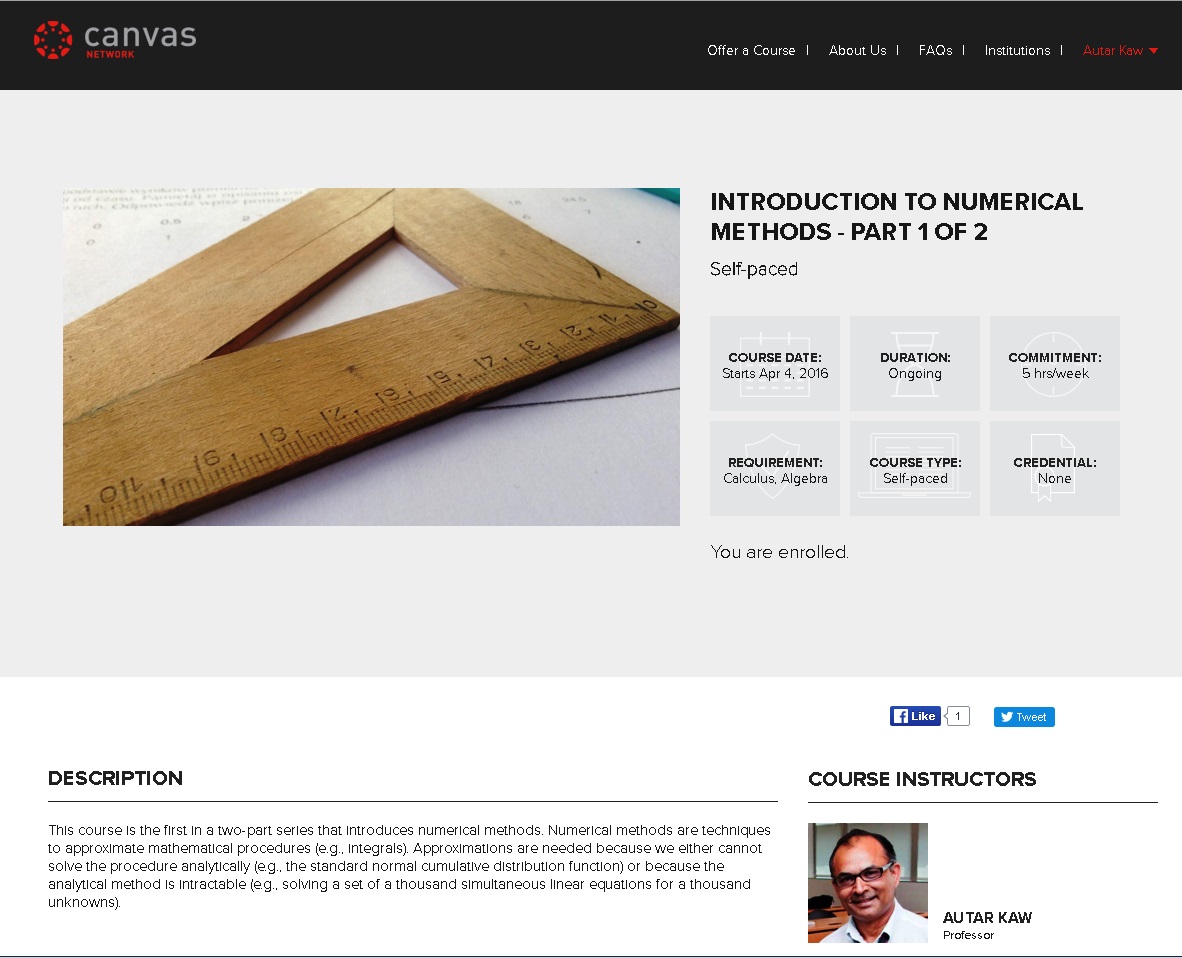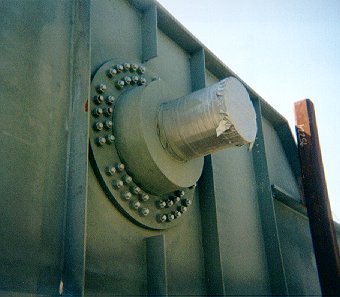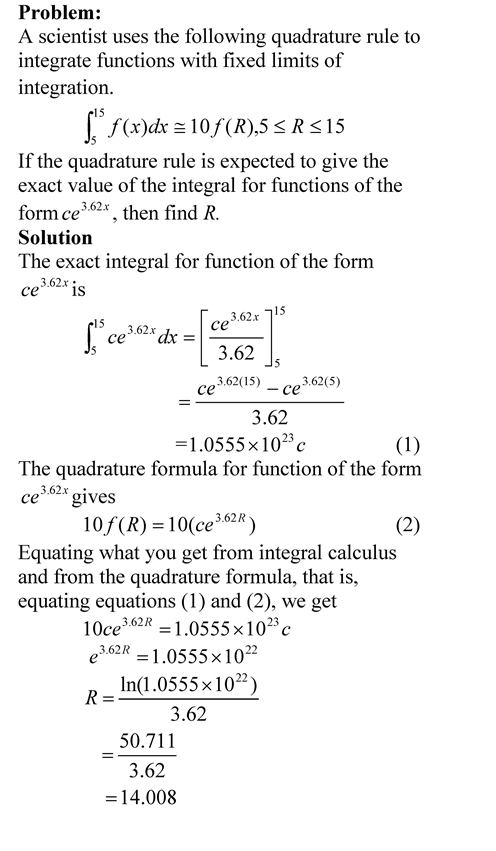I have been using CANVAS Learning management system for algorithmic quizzes for the last two years at University of South Florida and recently in a MOOC for a course in Numerical Methods.
Due to a bug introduced via an update in the CANVAS software, integers now are followed by a decimal point and a zero. For example, what should be written as 5, now gets written as 5.0. Some may believe that this is a minor hassle, but see what happened to statements within the quizzes.
- 3 bits becomes 3.0 bits
- 5 terms becomes 5.0 terms
- N=5 becomes N=5.0
- Represent integer 2 becomes Represent integer 2.0
- Solve 37 simultaneous linear equations becomes Solve 37.0 simultaneous linear equations
- Number of zeros after 2 steps becomes Number of zeros after 2.0 steps
- A binary number is 1.001 becomes A binary number is 1.0.0.0.0.1.0
We already have students who come to a course with many misconceptions; it is discouraging that a bug in a learning management system will create more misconceptions, and it has hence resulted in I not using the quizzes at all.
So far, CANVAS has acknowledged the bug but what has driven me up the wall is that they have made no promise of solving it, let alone a timeline of resolving the bug. Our university officials have not been able to make much headway either. What do you think?
UPDATE (Sunday June 20, 2016): From our university personnel: “It’s been escalated all the way up the chain. From what I can tell it has been put on the top 10 bug list and it has been assigned an engineer. I should have more information tomorrow morning.”
UPDATE (Sunday June 27, 2016): From CANVAS: “We’ve deployed a fix for this issue in our Beta environment. If all goes well, it will make it to the live Production environment on July 16, 2016. This ticket will remain in an “On-Hold” status until then.”
___________
This post is brought to you by
- Holistic Numerical Methods Open Course Ware:
- Numerical Methods for the STEM undergraduate at http://nm.MathForCollege.com;
- Introduction to Matrix Algebra for the STEM undergraduate athttp://ma.MathForCollege.com
- the textbooks on
- the Massive Open Online Course (MOOCs) available at




